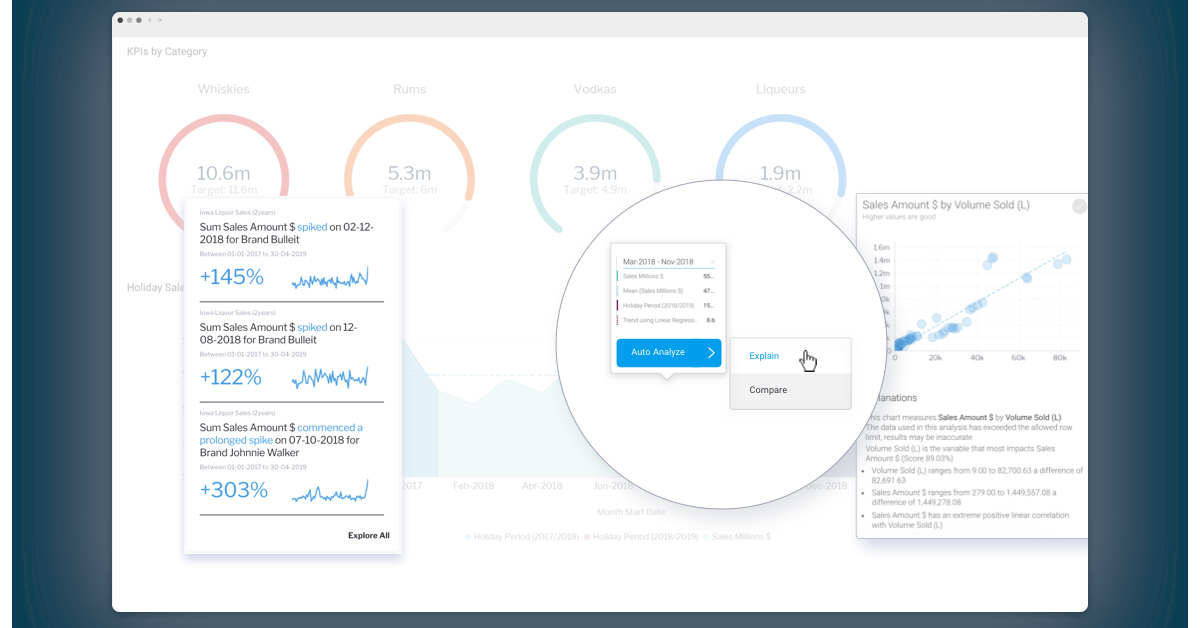
Why SaaS vendors should invest in automated analytics
One of the challenges with being a fast-growing SaaS vendor is that you're so consumed with running your business that you're unlikely to stop and take a breath. If you’re growing quickly, there can also be a perception that you don’t really need to look at what’s happening in your business. Instead, you may divert resources to building a new product or marketing rather than actually thinking about your business. This means that you’re unlikely to invest in analytics which can cause a lot of problems downstream.
While most SaaS businesses have a lot of data floating around, it is often not monitored. Many are good at measuring financial metrics like churn but they don’t use analytics to analyze what’s really happening in their business, their customer base, or where their revenue comes from as it happens. Metrics like churn have a lag, so by the time you actually see something in your data you’re dealing with a symptom rather than something you can preemptively action.
Why you need automated analytics
That's why automated discovery is so important for SaaS applications. Automated discovery products like Signals give you the ability to look holistically across a lot of changes as they happen. That means when you're monitoring changes in your product through AB testing you're not just looking at A and B, you're looking at the potential for changes across every aspect of your product. When you change your marketing and media spend mix, you'll also be able to see that impact immediately in terms of how people sign up for your product. When you change your product, you can see the impact on support straight away.
It’s these immediate and fast-moving data points that you need to take into account when you're putting strategies together and managing your business. You don’t want to wait for someone to find a change and raise it with you weeks later. You want to be told quickly if you need to act. That’s what automated discovery tools do.
Signals will send you a notification about a change in your business and you can choose to ignore it and keep moving or ask someone in your organization to look into it. Rather than just simply sitting there and hoping that someone will tell you when something goes wrong you can pick it up straight away or focus on what's right as it happens.
How to use automated analytics
If you're doing a marketing campaign and you see a spike in signups, you can ask the question, what did we do right? If you wait until you get a marketing report in six weeks you may have lost an opportunity. With Signals, you can ask marketing to respond to the opportunity immediately.
Software vendors are often very good at testing minutia, but Signals tests everything holistically by looking at the end to end integrated environment. With things happening so quickly, automated analytics help you become far more proactive about understanding how your customers use your product, their stickiness and churn so you can predict and understand in advance when your business is at risk or if there is a big opportunity.
To be able to do this you need to invest in analytics as you grow. By the time your organization has a hundred people it should be spending about 1% on analytics. Because at that stage it's impossible for you to know everything that's going on. As leaders of the organization, you need to know what's going on before it’s too late. That’s where automated discovery can really make a difference.
Your guide to automated analytics
Download the guide now to find out how to stop running your business on accidental data discovery.